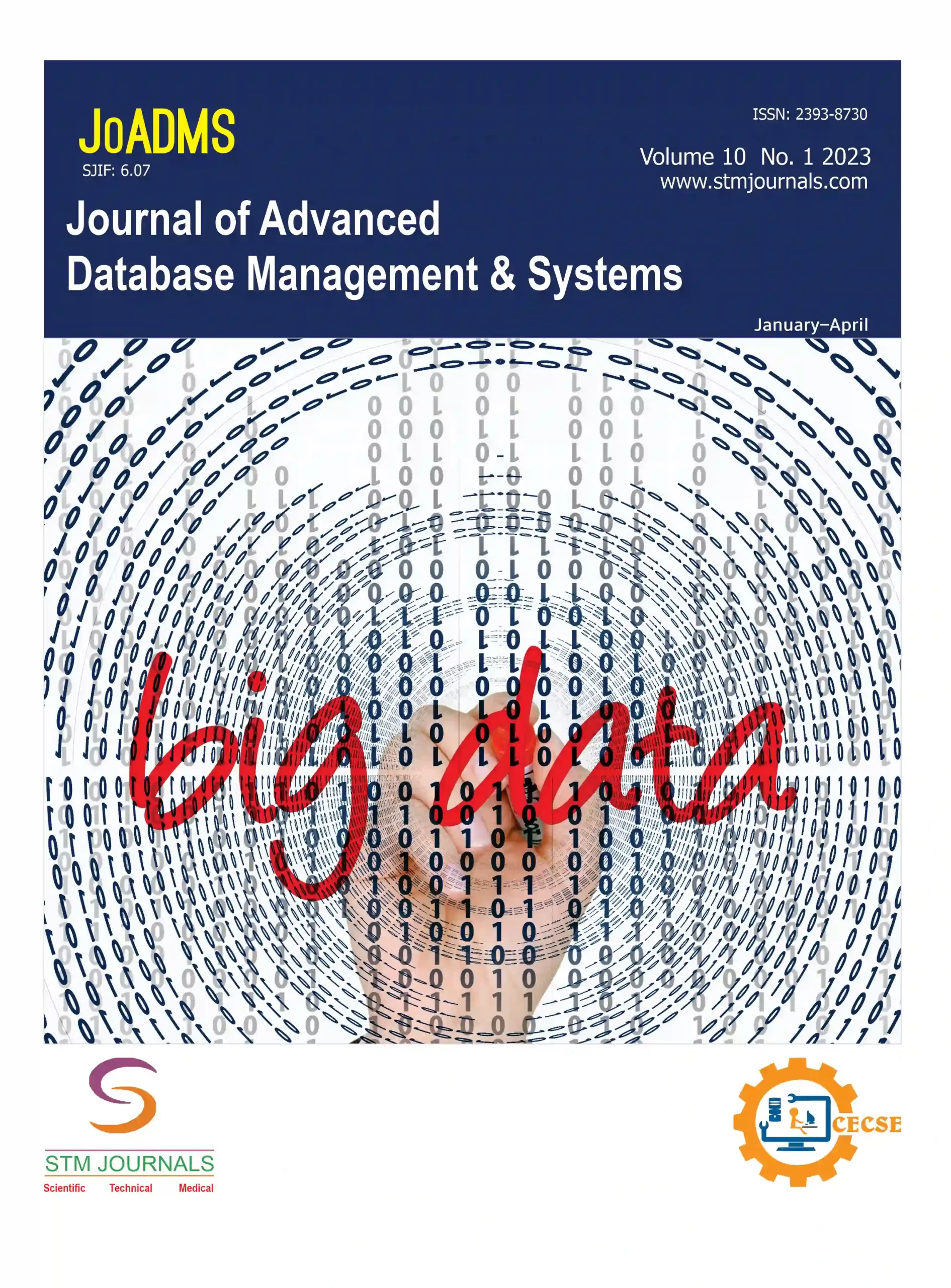
Ranganath M.,
- Principal R Muddurangegowda College of Education Sira Karnataka India
Abstract
The idea of equivalency patterns in racing is discussed in the abstract, along with research results and fixed-point theorems in relation to S-multiplicative metric space integration. Being a competitive activity, racing provides a rich environment for researching equivalency trends between rival enterprises. This article examines the dynamics of racing scenarios by exploring the mathematical structure of S-multiplicative metric spaces. The goal of this research is to identify fundamental properties and correlations present in racing competitions through the application of fixed-point theorems. This abstract clarifies how equivalency patterns form and change in racing environments by carefully analysing these mathematical entities. The knowledge gathered from this investigation not only advances our comprehension of racing dynamics but also has significant theoretical ramifications for the larger topic of metric space integration.
Keywords: Equivalence, Patterns, Racing, Fixed-Point, Theorems, S-Multiplicative, Metric Space, Integration.
[This article belongs to Journal of Advanced Database Management & Systems(joadms)]
References
- Andersson M. Constructing Multidimensional Dynamical Systems with Positive Lyapunov Exponents. 2018.
- Bahroun Y, Chklovskii DB, Sengupta AM. Duality principle and biologically plausible learning: Connecting the representer theorem and hebbian learning. arXiv preprint arXiv:2309.16687. 2023 Aug 2.
- Dutta H, Govindan V, Park C, Vadivel R. Functional Equations. InStability of Some Advanced Functional Equations in Various Spaces 2023 Aug 15 (pp. 1-9). Cham: Springer International Publishing.
- Geadah V, Horoi S, Kerg G, Wolf G, Lajoie G. Goal-driven optimization of single-neuron properties in artificial networks reveals regularization role of neural diversity and adaptation. bioRxiv. 2022 May 1:2022-04.
- Greensite F. A new proof of the Pythagorean Theorem, generalization of the usual algebra norm, and novel algebra isomorphism invariants. arXiv preprint arXiv:2209.14119. 2022 Sep 28.
- Greensite F. Origin of the uncurling metric formalism from an Inverse Problems regularization method. arXiv preprint arXiv:2209.14137. 2022 Sep 28.
- Harang FA, Tindel S. Volterra equations driven by rough signals. Stochastic Processes and their Applications. 2021 Dec 1;142:34-78.
- Lin X, Boutros PC. Optimization and expansion of non-negative matrix factorization. BMC bioinformatics. 2020 Jan 6;21(1):7.
- Matias C, Rebafka T, Villers F. A semiparametric extension of the stochastic block model for longitudinal networks. Biometrika. 2018 Sep 1;105(3):665-80.
- Montoya C. Geometric quantizations related to the Laplace eigenspectra of compact Riemannian symmetric spaces via Borel-Weil-Bott Theory. 2021.
- Rasham T, Nazam M, Aydi H, Agarwal RP. Existence of Common Fixed Points of Generalized∆-Implicit Locally Contractive Mappings on Closed Ball in Multiplicative G-metric Spaces with Applications. Mathematics. 2022 Sep 16;10(18):3369.
- Shan X, Sun J, Guo Z. Multiplicative noise removal based on the smooth diffusion equation. Journal of Mathematical Imaging and Vision. 2019 Jul 15;61:763-79.
- Yu J, Zhang X. A convenient setting for infinite-dimensional analysis. arXiv preprint arXiv:2402.09950. 2024 Feb 15.

Journal of Advanced Database Management & Systems
| Volume | 11 |
| Issue | 02 |
| Received | May 23, 2024 |
| Accepted | June 3, 2024 |
| Published | July 5, 2024 |

